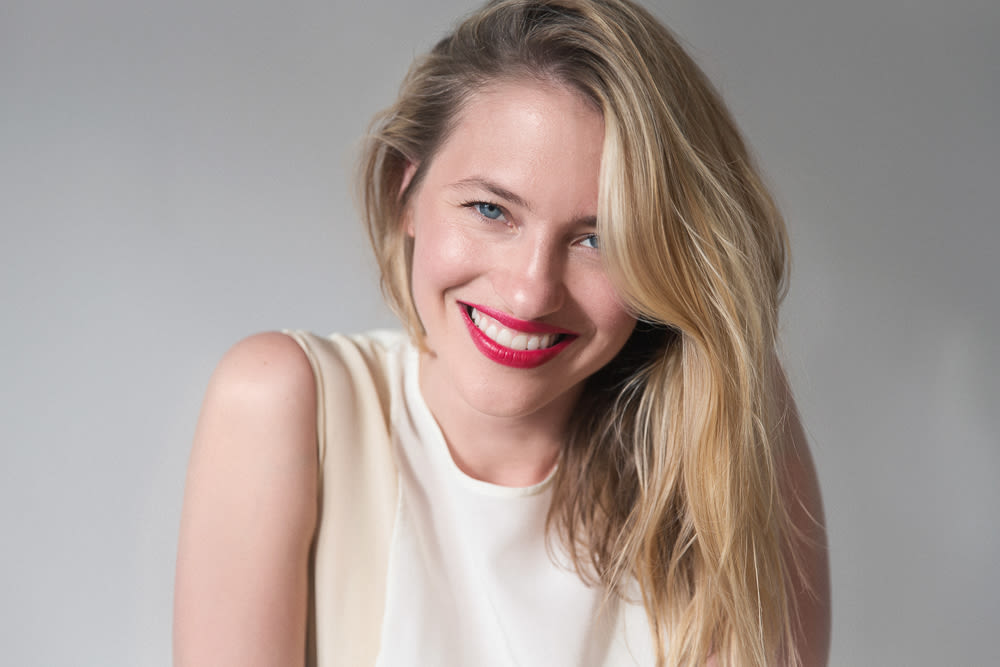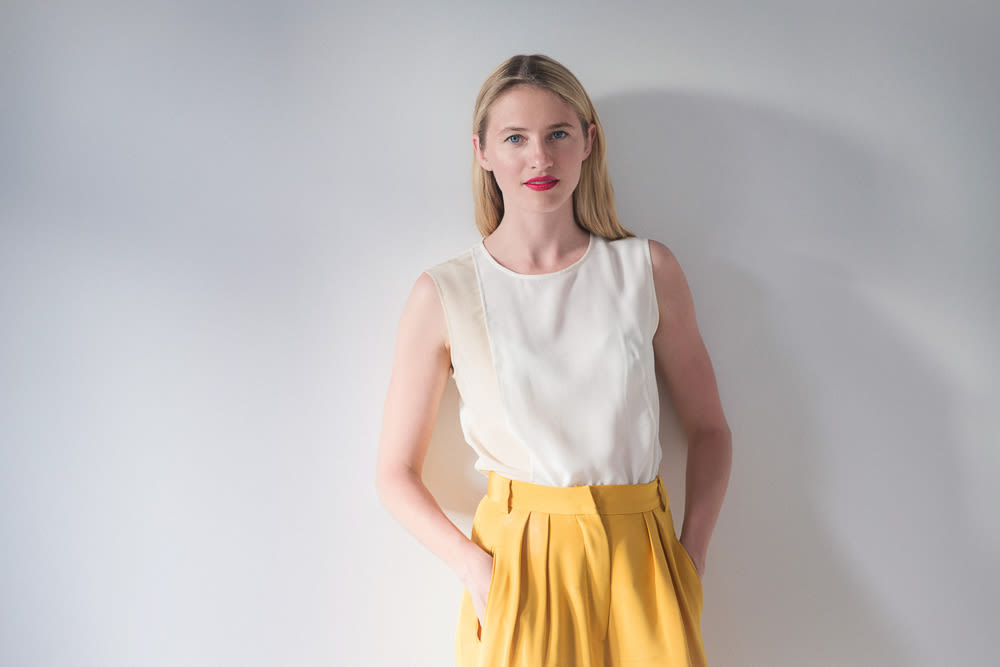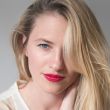'About 15 years ago, I started shooting my experience as a model backstage with a little handheld video camera. I was 18 and dating an NYU film student, so the idea of documenting everything just became a habit. This was before Instagram or even camera phones existed. It was only a few years in, and we realized we had something that people might be interested in, which turned into our first documentary, Picture Me. It’s mostly my story, which honestly I felt weird about, but my involvement was more getting other models to share their stories and keep video diaries. I think it was kind of an experiment, and it was kind of a guerrilla effort. There was no budget—it was just a side project. It was a chance for me to be creative and connect with other models who I was friends with, so we could talk about the industry. Looking back, it’s like the tip of the iceberg. There were so many issues that we didn’t get into, like a real conversation about lack of diversity—especially in terms of racial diversity—in the modeling industry. I’ve re-watched Picture Me several years later and noticed that there’s not a single model of color in that film. We talked about body image issues but, race never came up. The film helped start a conversation in the industry that will hopefully continue. We also exposed other problems in the industry, like one photographer who is known for abusing his power with models and casting. Now the industry really has to look at itself and its practices—in large part because of social media.
The film also gave me a platform to form The Model Alliance. Initially I approached established unions to see if they would accept models into their union, but I was turned down every single time. I don’t think people think of modeling as a job in the same way they understand that actors have unions, with maximum working hours when they’re on set. So I decided to start from scratch. We launched in February 2012, and we’ve done so much. I’m most proud of the extended child labor laws that protect models under 18 in the state of New York. We also met with editors at Vogue, and shortly thereafter, they introduced the Vogue Health Initiative, so they agreed not to hire models under 16 or who appear to have an eating disorder. I think the indirect effect of the legislation is that we’re not seeing so many children modeling clothing that is marketed to adult women. I don’t think that should happen anywhere. What’s wrong with using an 18 or 19 or 30-year-old model?
I’m 33 now, and I don’t use any anti-aging products. I remember thinking about it from when I was in my teens, which is so messed up. That’s the thing—I feel like this industry can make women paranoid, but aging naturally is beautiful and isn’t something to combat. We all get older if we’re lucky, and I don’t want to look 21. My mom is 65, and her skin looks amazing. She doesn’t do anything.
Everything that I do use, I get at the pharmacy. As I’ve gotten older, my skin’s evened out. It was really during modeling that I had skin troubles. It was the crazy international working schedule and not getting enough sleep that made it oily. Because—and I don’t know if the film really communicates this—when you’re the girl of the moment, it is short lived, and you feel like you have to make the most of it, so you work nonstop.
If I have a little redness now, I’ll use Laura Mercier’s Secret Concealer, just in targeted spots. Pretty much every makeup artist I’ve worked with uses Laura Mercier, so that’s what I use. I’ve learned a lot from makeup artists, but I really only use the simple stuff. Once I was on location for a shoot, and a makeup artist I was working with made this really great scrub just using brown sugar and coconut oil. It smelled amazing and was so easy to make—I like stuff like that.
There are some people who really like color, but I’m honestly more toned down. One of my best friends, Caitriona Balfe, has always been more adventurous in that way. I envied her ability to do an amazing red lip, and she was always telling me, ‘Ziffer, you need a little more color.’ But I feel that’s a different person. That’s not me. Which isn't to say I don’t care about my appearance or that women shouldn’t focus on that—it’s not a bad thing, but it should come from an empowered place. I think it’s about having fun with makeup, like Caitriona showed me how. It shouldn’t be something women feel they have to do because they fear getting older.”
—as told to ITG
Sara Ziff (Marilyn Agency) wearing Mary Pingblouse and pants photographed by Tom Newton. Read more of The Face here.








